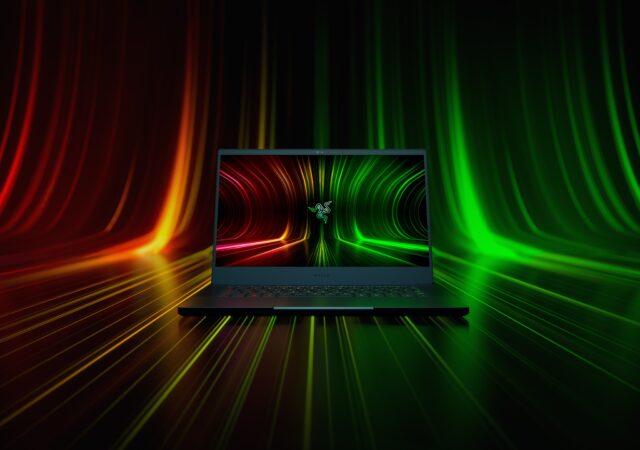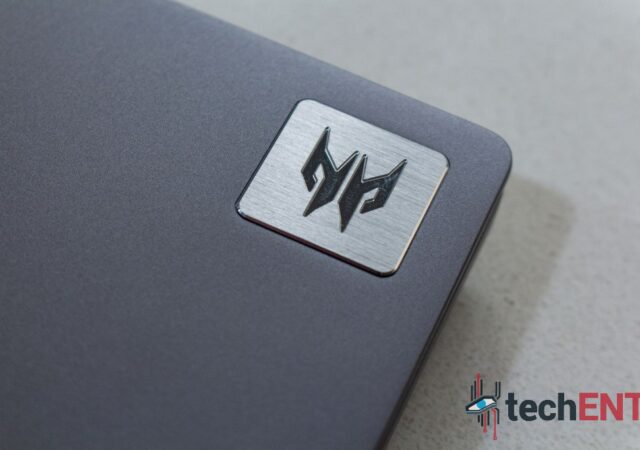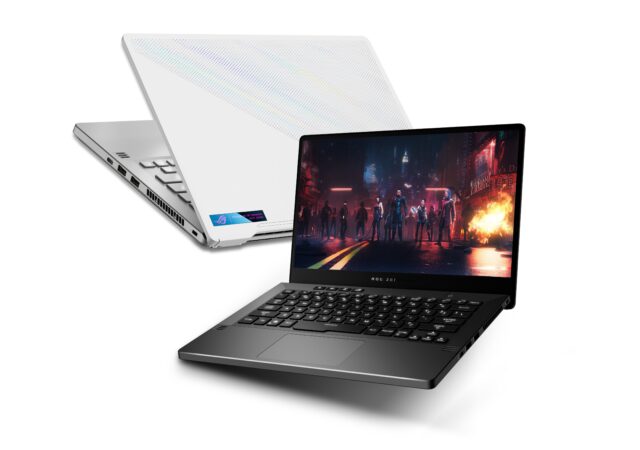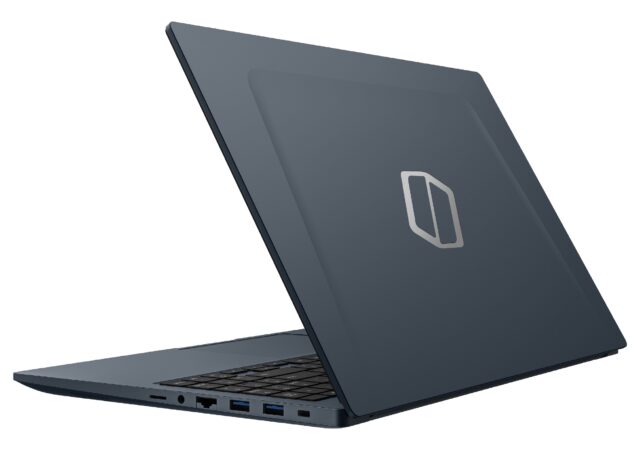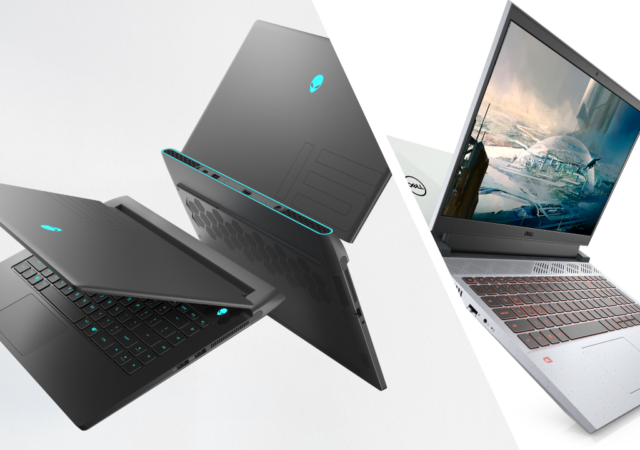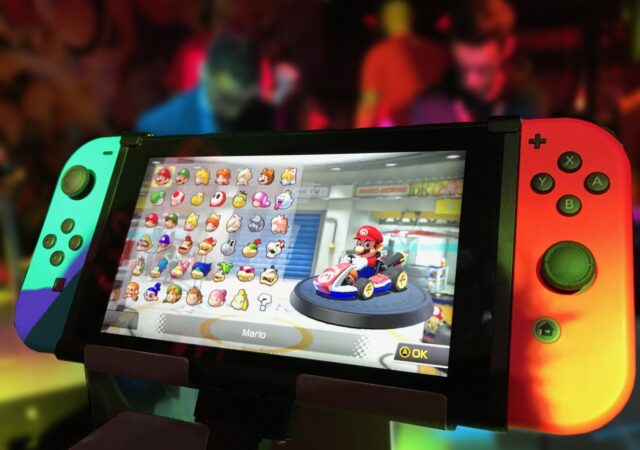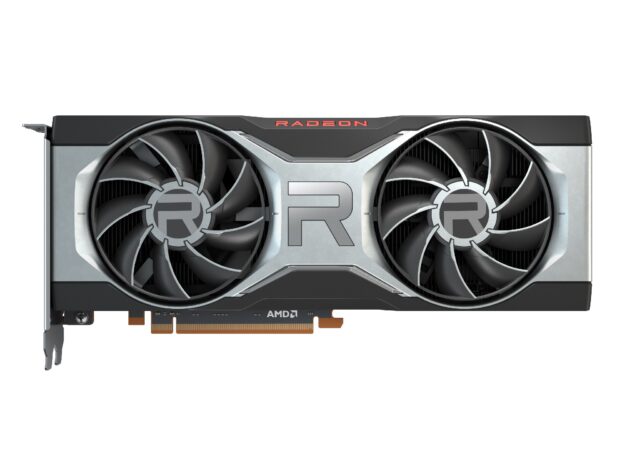Razer just launched the Razer Blade 14 gaming notebook with AMD Ryzen 9 5900HX and NVIDIA GeForce RTX 3080 priced from USD $1,799.99 onward!
[Next@Acer 2021] Acer Launches 11th Generation Intel and NVIDIA GeForce RTX 30 Series Powered Predator Triton 500 SE and Helios 500.
Acer launches the Predator Triton 500 SE and Predator Helios 500 in their 2021 edition of Next@Acer global event.
ASUS ROG 2021 Notebook Series Ups the Ante with RTX 30 Series
ASUS just launched their brand new ROG line up for 2021 with the latest CPUs and NVIDIA’s GeForce RTX 30 series GPUs.
Samsung Galaxy Book Odyssey is the First Gaming Notebook with NVIDIA GeForce RTX 3050 and RTX 3050Ti
Samsung launches their new gaming laptop line-up in the Galaxy Book Odyssey packing NVIDIA’s latest GeForce RTX 3050Ti.
Dell Ups the Gaming Ante with New Monitors
Dell announces four new gaming monitors armed with specifications that will allow you to get the most immersive experience.
Dell & Alienware Ryzen to the Occasion with All-new AMD Powered Line up
Dell and Alienware release their first gaming laptops powered by AMD’s Ryzen processors paired with NVIDIA’s RTX30 series.
Qualcomm Working On Gaming Hardware Similar to the Nintendo Switch
Qualcomm looks to be creating a new mobile console that mimics the form factor of the Nintendo Switch.
AMD Launches the AMD Radeon RX 6700 XT GPU
AMD just launched their latest GPU made for high frame-rate 1440p gaming. The new Radeon RX 6700 XT will be available 18th March 2021 onward.
Acer Predator x OSIM Gaming Chair Review: Gaming the Stress Away
Acer took the gaming world by storm with the announcement of the Predator x OSIM Gaming Chair. We’re taking a look at the new offering and how it fairs.
Acer Launches the Predator Orion 3000 – The Ultimate Compact LAN Party Companion
Predator by Acer has just introduced their new baby Predator desktop, the Orion 3000 in Malaysia with prices starting at MYR 4,099.



